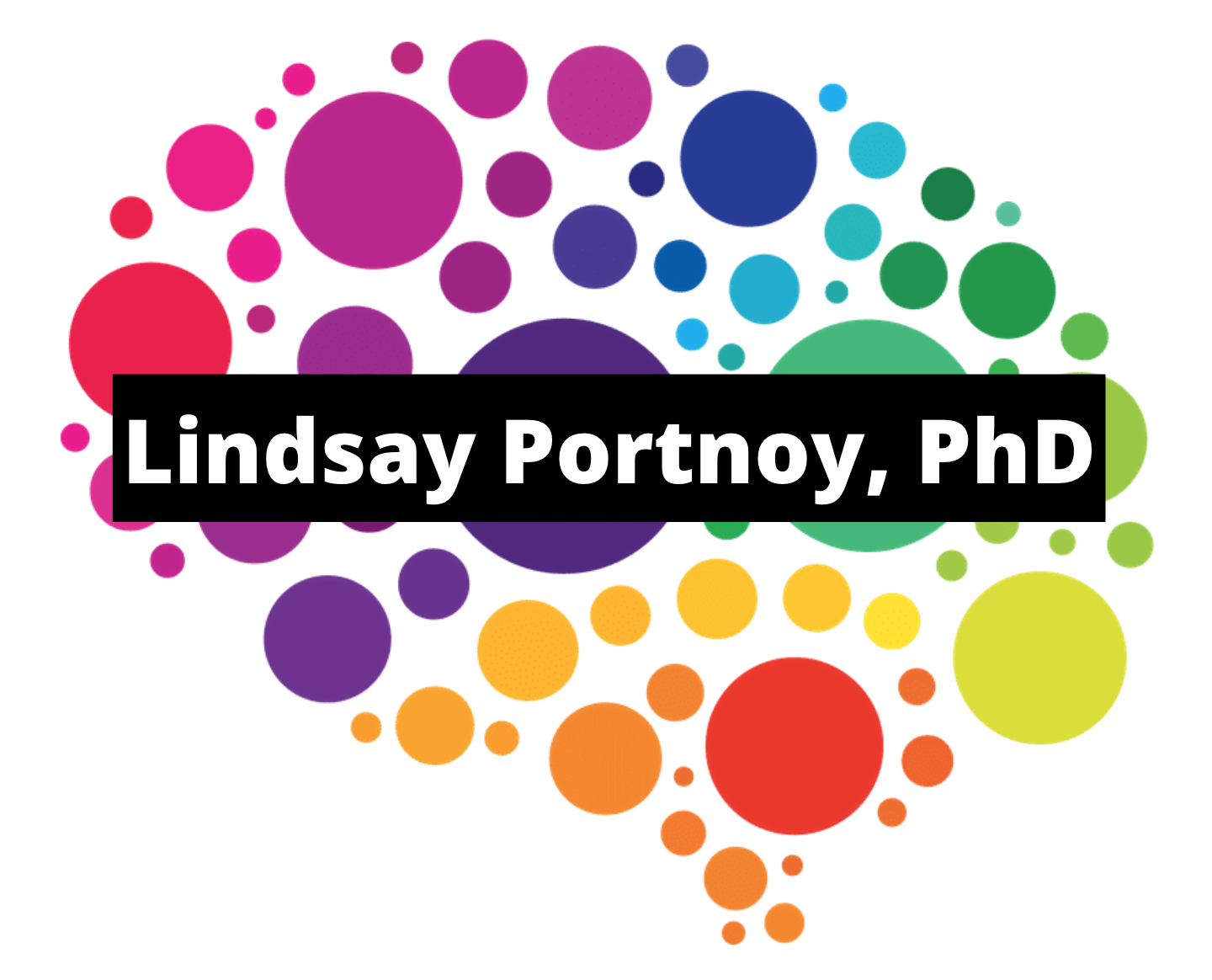It’s just after lunchtime on the first day of our #coronapocalypse quarantine, and my phone has been ringing off the hook. Parents, colleagues and friends are understandably concerned. Everyone is seeking advice from their resident cognitive scientist, former classroom teacher and current associate teaching professor on how to continue to learn online during this crisis. And while the emergence of tech tools has ushered in new ways of learning, I wonder: Whom have these tools left out along the way?
With access to a laptop and broadband, students can experience spectacular events in history and visit locations across the universe with the flick of a finger. Free tools like Nearpod and Flipgrid provide creative opportunities for sharing information and connecting learners. So in preparation for this crisis, my partner and I sat with our children, ages 11 and 9, to discuss the coronavirus pandemic and co-create what learning would look like over the next month.
In just one morning, they flew through nearly a quarter semester of math thanks to Khan Academy’s free tools (and nifty day planner). In a matter of 45 minutes, they’d completed several units using ratios, rates and percentages to create a visual story about how closing schools mitigates the spread of the virus. Using the free design tools from Canva, my children created an infographic to share data about rates of infection.
On deck: learning to identify accurate information and visually communicate science-based data on the virus’s spread; gaining familiarity with the art and act of storytelling by sharing their own experiences and practicing taking the perspective of another; and designing a visual history of our world through the lens of both science and history.
Because of this pre-planning, I was able attend regular meetings from the comfort and safety of my home — a privilege. We’ve had to check in on our kids to provide support, redirect their activities and even break up a few arguments. But most of my check-ins involve watching in awe at the remarkable learning that’s unfolding. Yet I know my children are not magic. They are simply privileged to be able to access tools and support that will help them learn while their school is closed.
Where is equity in learning when only privileged children have access to resources, tools, space and materials for co-creating knowledge? And what assumptions are we making when we assume that this is the type of learning every child needs?
Originally written for The74, read the entire article here: https://www.the74million.org/article/a-moms-view-my-well-resourced-family-is-managing-online-learning-for-my-kids-just-fine-sadly-not-all-parents-have-those-advantages/

